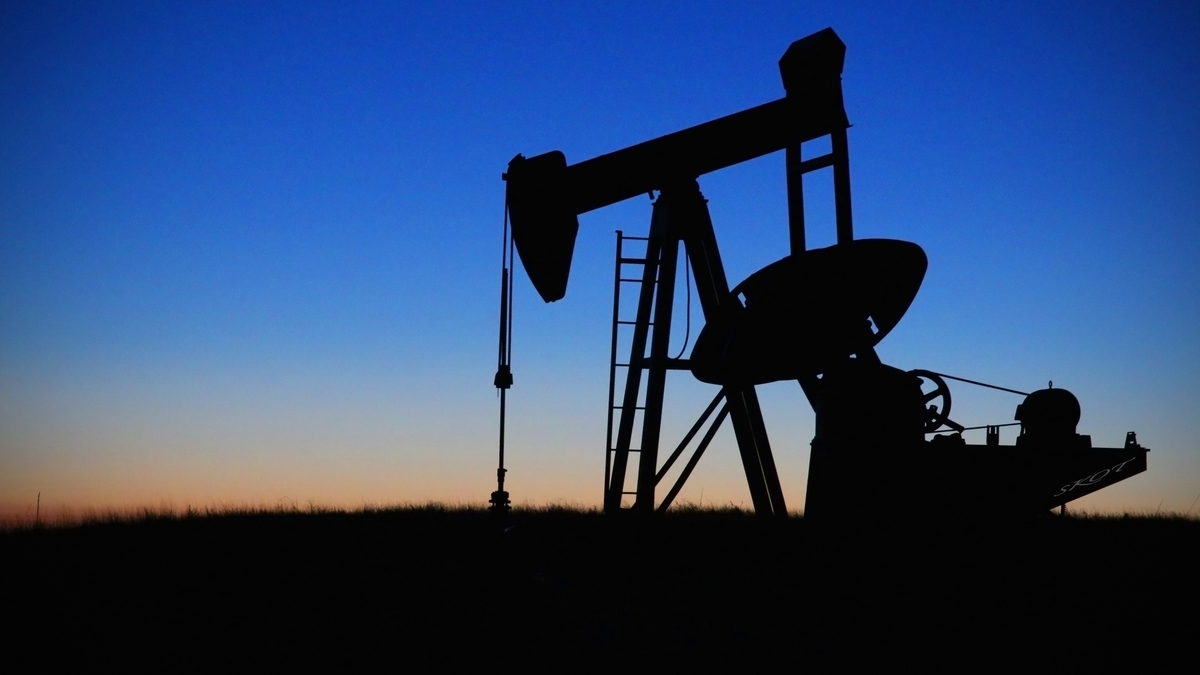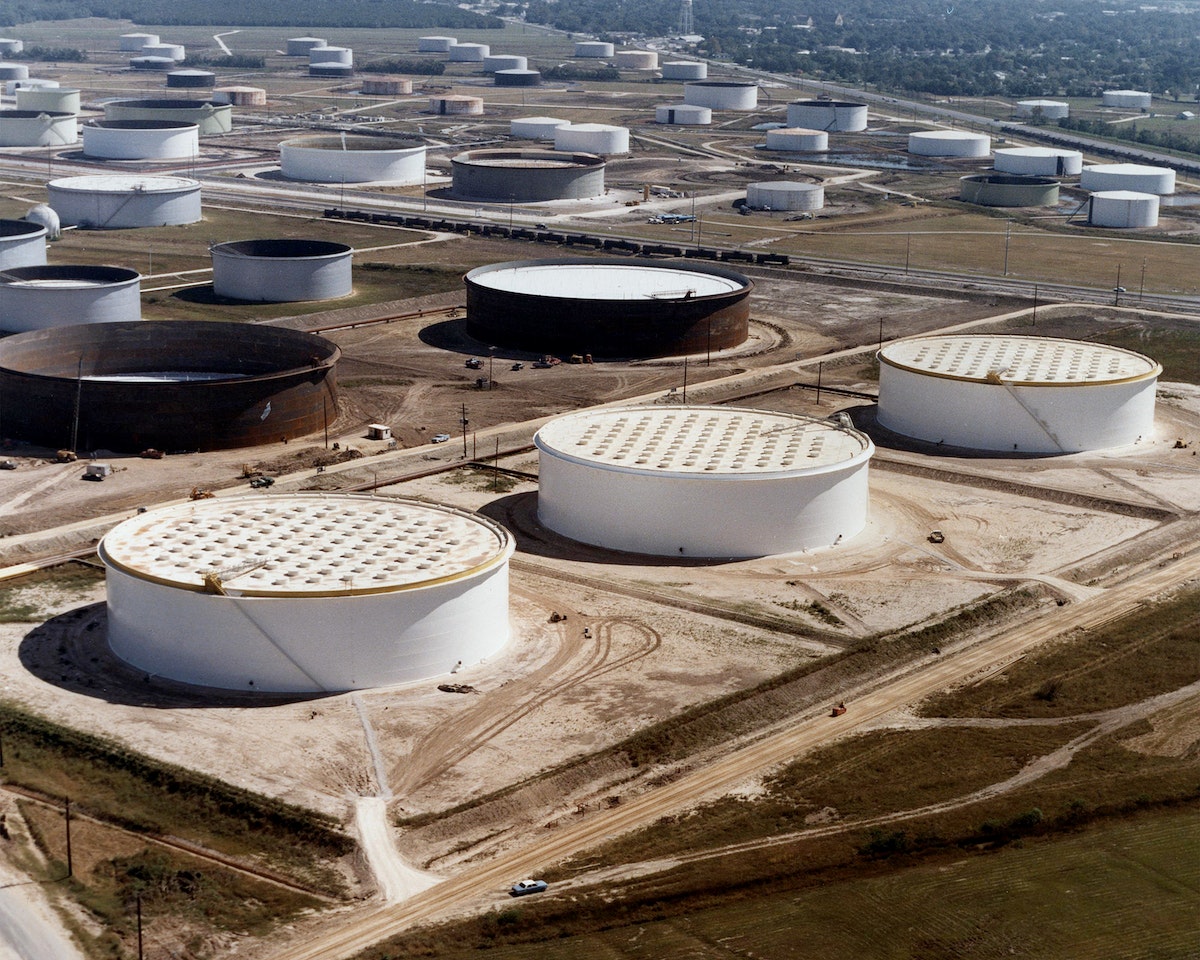The Strategic Petroleum Reserve (SPR) is an emergency stockpile of petroleum maintained by the United States Department of Energy (DOE). It is the largest publicly known emergency supply in the world; its underground tanks in Louisiana and Texas have capacity for 714 million barrels (113,500,000 m3). The United States started the petroleum reserve in 1975 to mitigate future supply disruptions as part of the international Agreement on an International Energy Program after oil supplies were interrupted during the 1973–1974 oil embargo.
SPR oil is sold competitively when the President finds, pursuant to the conditions set forth in the Energy Policy and Conservation Act (EPCA), that a sale is required. Such conditions have only existed three times, most recently in June 2011 when the President directed a sale of 30 million barrels of crude oil to offset disruptions in supply due to unrest in Libya. During this severe energy supply interruption, the United States acted in coordination with its partners in the International Energy Agency (IEA). IEA countries released altogether a total of 60 million barrels of petroleum.

Additionally, the Secretary of Energy may authorize limited releases in the form of exchanges with entities that are not part of the Federal Government. This authority allows the SPR to negotiate exchanges where the SPR ultimately receives more oil than it released; thereby acquiring additional oil. With the exception of the 2000 Heating Oil Exchange, the SPR has entered into negotiated contracts at the request of private companies in order to address short-term, emergency supply disruptions to a refiner’s normal operations on several occasions.
The SPR also connects to three marine terminals that have a combined contracted marine distribution capacity of 2.220 MMbbl/d, and it owns one marine terminal (leased to ExxonMobil Pipeline Company) with a distribution capacity of 400 Mbbl/d. These marine terminals are: Seaway Terminal (Enterprise Products), Freeport, Texas; Seaway Terminal (Enterprise Products), Texas City, Texas; Energy Transfer Terminal, Nederland, Texas; and the DOE-owned, St. James Terminal, St. James, Louisiana.
According to energy.gov. Source of photos: internet








